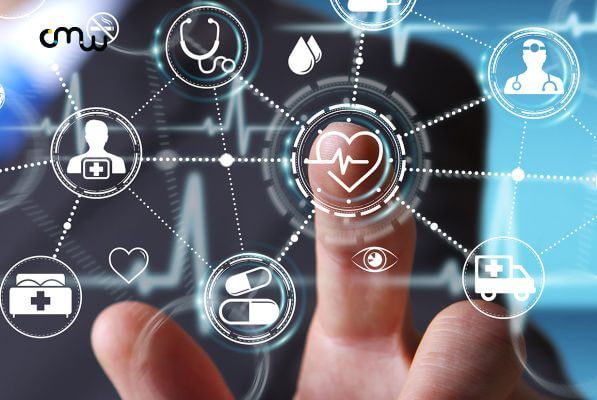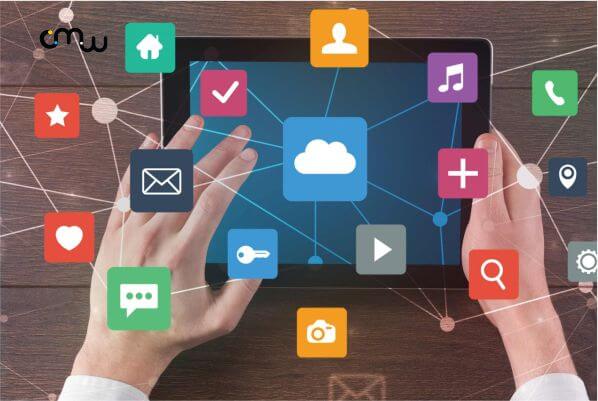Telehealth and telepsychiatry during the COVID-19 pandemic have become very significant. The World Health Organization (WHO) has thrown light upon the significance of measures aimed at delaying the virus's spread. Among these safety measures, there are non-pharmaceutical interventions, a critical part of current public health measures addressing the pandemic. These interventions aim at protecting individuals by physically distancing those with confirmed and suspected covid-19 or potentially carrying the virus from the general population.
Telehealth during the pandemic
With the quick evolution and downsizing of portable electronics, most families have at least one digital device, such as smartphones and webcams, that provide communication between patients and healthcare providers. The use of video conferencing and similar television systems include health care programs for hospitalized or quarantine people to reduce the risk of exposure to others and employees. Practitioners who are in quarantine can employ these services to take care of their patients remotely. Besides, covering multiple sites with a telephysician can address some of the challenges of the workforce.
There are various benefits in using telehealth technology, especially in non-emergency or routine care and in cases where services do not require direct patient-provider interaction, such as providing psychological services. Remote care decreases the use of resources in health centers, improves access to care while minimizing the risk of direct transmission of the infectious agent from individual to individual. In addition to being advantageous in keeping people safe, including the general public, patients, and health workers, another significant advantage is providing complete caregivers access. Therefore, this technology is an attractive, productive, and affordable option. Patients are eager to utilize telehealth, but hindrances still exist. The barriers to implementing these programs also largely depend on accreditation, payment systems, and insurance. Furthermore, some physicians are concerned about technical and clinical quality, safety, privacy, and accountability.
Telehealth can become a basic need for the general population, health care providers, and patients with covid-19, especially when people are in quarantine, enabling patients in real-time through contact with a health care provider for advice on their health problems. Thus, this review aimed to identify and systematically review telehealth services' role in preventing, diagnosing, treating, and controlling diseases during the covid-19 outbreak.
Use of telemedicine during covid-19
The definition of telemedicine is the use of telecommunication technologies to provide remote health care. As the covid-19 virus wreaks havoc with the healthcare system, telemedicine is stepping up into the spotlight and helping healthcare provider organizations and caregivers better respond to the needs of Americans who have contracted the virus and Americans who need to connect with their providers on the status of their health.
The rapid spread of the disease presents a challenge to mental health services worldwide, along with the public health measures taken to reduce its progression, both in terms of a potential higher demand and difficulties in providing onsite services. In this case, telemedicine services provide a vital asset for mental health care.
Telepsychiatry during covid-19
The quick spread of the coronavirus disease has forced most countries to take drastic public health measures, including the closure of most mental health outpatient services and some inpatient units. It has suddenly created the requirement to adapt and expand telepsychiatry care across the world. However, not all health care services might be ready to cope with this public health demand. There is a need to create a practical and clinically useful protocol for telemental health care to be applied in the context of the current covid-19 pandemic.
Unfortunately, these services are less developed in various countries, and not all health care services around the globe might be ready to cope with this public health demand. Also, mental health professionals and service providers may have feelings of worry or ill-preparedness when facing the sudden need to set up telepsychiatry services and provide mental health care primarily via this approach. Simultaneously, not all services count with local guidelines for telepsychiatry, and available policies may not be transferable to different social and cultural contexts.
There are some environments where video conferencingis available for specialists and the population. However, while it would be ideal for everybody to have access to the tools and the necessary digital literacy to liaise with mental health providers online, this is not always the case. An actual means available for the wider population and mental health care providers in most contexts involve phone calls (landline or mobile), primarily via telephone hotlines. Still, whenever possible, video conferencing should also be made available to the public.
Limitations of telehealth
Characteristics of end users need consideration while designing user-centered telemedicine intervention. Age, gender, education, socioeconomic determinants, digital literacy, and social environment are vital parameters to consider. Computer literacy, linguistic barriers between the provider and patient, and unawareness of services' existence can lead to failure in adopting telemedicine in the community.
The high cost of implementation and flawed policies of reimbursements for care delivered through telemedicine can result in resistance to change to adopt digital innovations among physicians. Licensing issue is a significant barrier because countries and states within countries require individual licensing requirements. A shortage of studies documenting telemedicine applications' economic benefits is a challenge that has resulted in an inability to convince policymakers to invest in telemedicine. Legal considerations such as the absence of an international legal framework to allow health professionals to deliver services in different jurisdictions and countries, lack of policies that govern patient privacy and confidentiality, and health professional authentication are significant obstacles to telemedicine uptake.
Confidentiality and privacy issues could also pose a challenge. Topics include breach of personal health information that can occur on unsecured networks and unlocked and unencrypted hardware that third parties can access. The lack of available high-speed bandwidth and intricate application design can also hamper the novel system's smooth functioning. Furthermore, technological challenges like software or hardware failure, which can result in malfunctioning, also pose a challenge to telemedicine implementation. The top barriers are technology-specific, and one could overcome them through training, change-management techniques, and alternating delivery by telemedicine and personal patient-to-provider interaction.
















